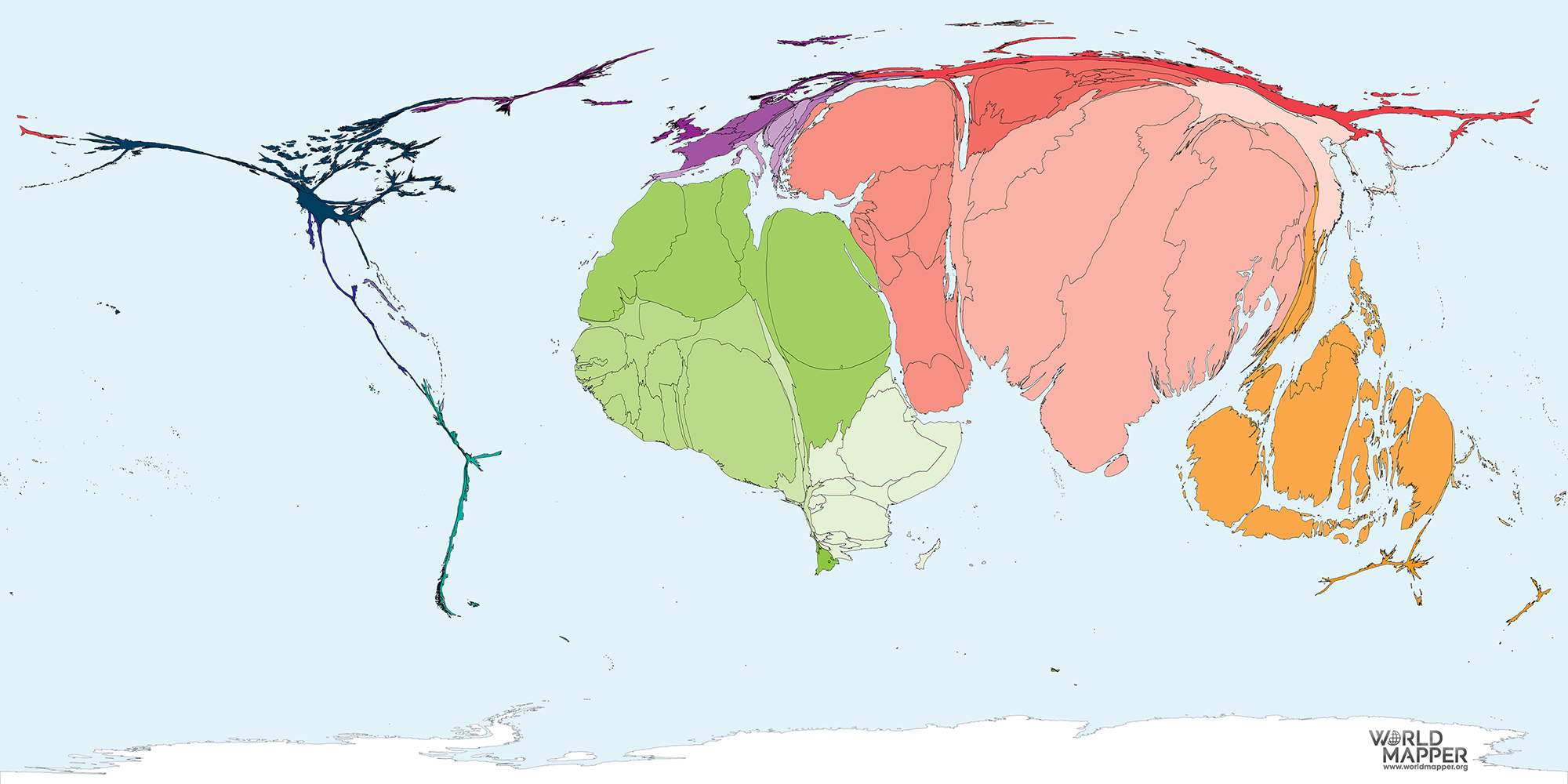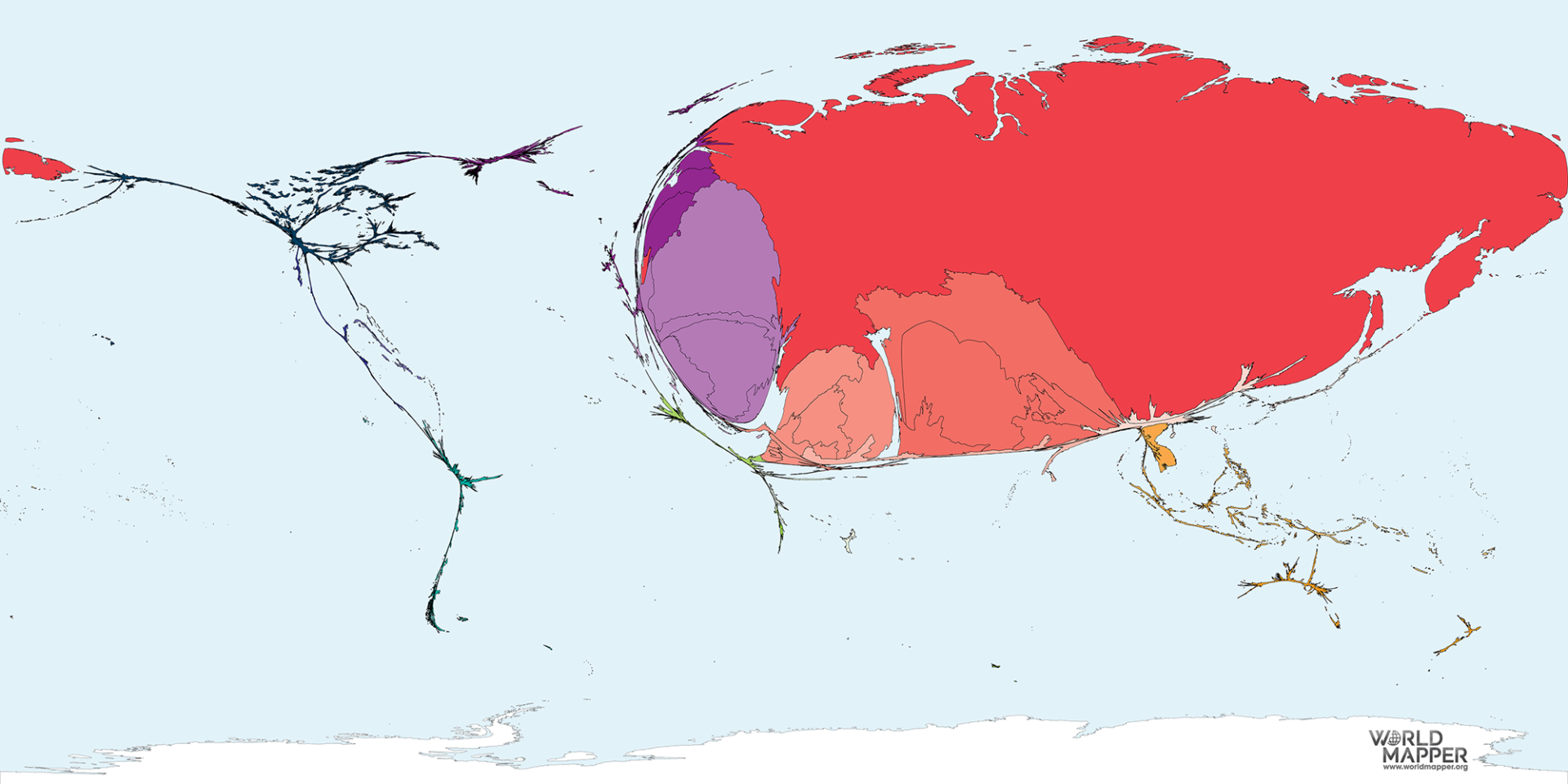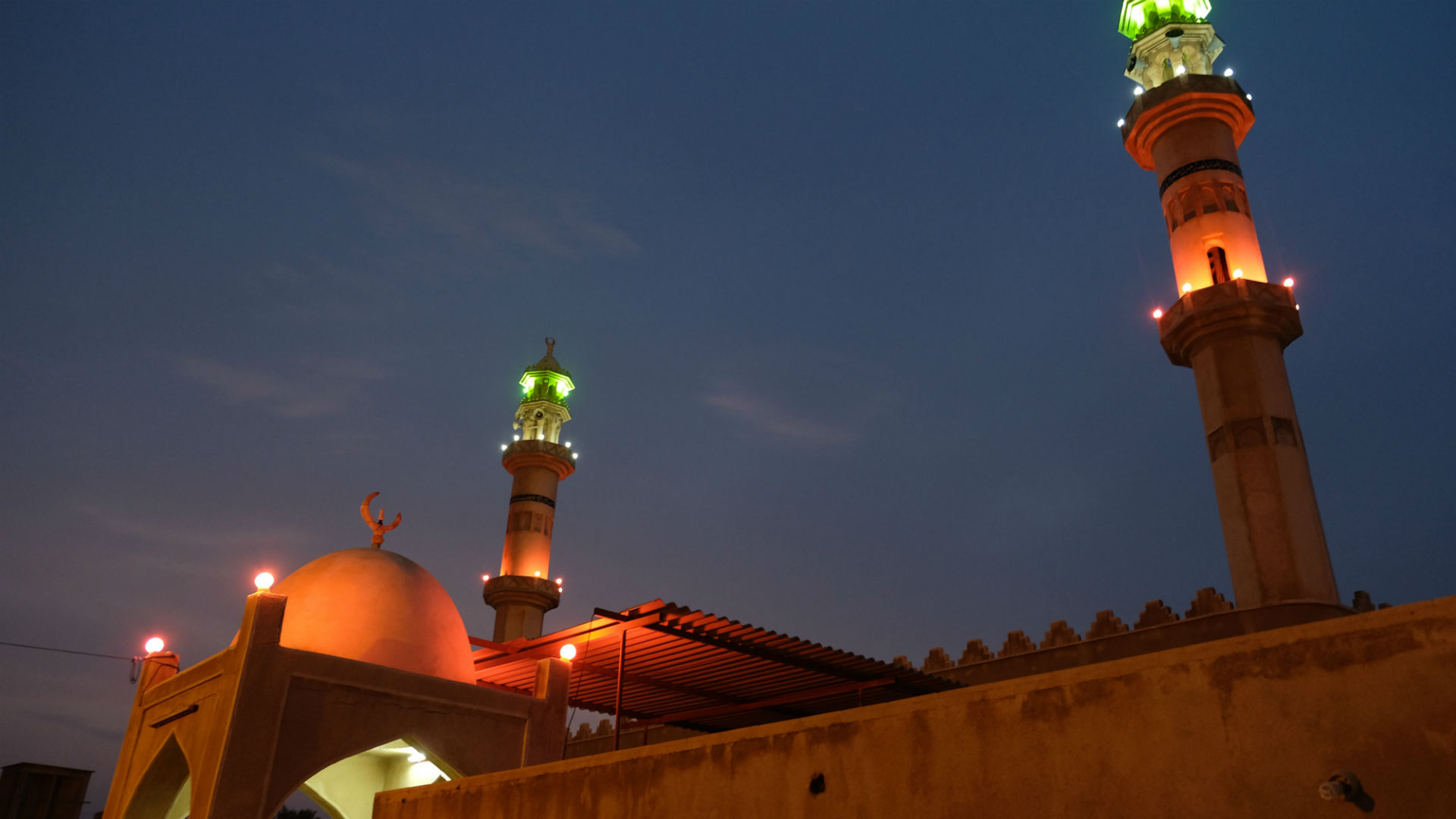When we think about Iran, many of us picture a nation deeply connected with Shia Islam, which is, in a way, quite accurate. It’s a place where the vast majority of people follow this particular branch of the faith. But like any country with a rich history and diverse people, there are more layers to its religious fabric than what first meets the eye.
So, you might be curious about the presence of other religious groups, especially the Sunni Muslim community. It’s a question that often comes up, and getting a clear picture can be a little tricky because different sources sometimes present figures that don't quite match up. We're talking about a country where nearly everyone is Muslim, yet the specifics of that religious makeup can vary depending on who you ask, too it's almost a fascinating puzzle to piece together.
This discussion aims to shed some light on the Sunni population in Iran, exploring what various reports suggest about their numbers and where they typically live. We'll look at official figures, community claims, and even some independent studies that give us a broader sense of the religious landscape. It's about getting a sense of the real picture on the ground, and seeing how much Sunni population in Iran truly exists.
Table of Contents
- What's the general religious picture in Iran?
- How much Sunni population in Iran do official sources suggest?
- Where do we find the Sunni population in Iran?
- How much Sunni population in Iran compares to the world?
- Looking at Iran's overall population figures.
- How much Sunni population in Iran's religious identity is shifting?
- Sunni-Shia differences and historical context.
- The official status of the Sunni population in Iran.
What's the general religious picture in Iran?
Iran, as a country, has a population where a very large part identifies as Muslim. Earlier reports, for instance, from 2011, indicated that nearly all people, about 99.4%, followed Islam. This means that other religious groups made up a rather small portion, just 0.6% of the total. Within that smaller group, a little under half, around 0.3%, were people who followed Zoroastrianism or Judaism, or some other beliefs. This gives us a good starting point for thinking about the religious makeup of the country, and it shows that Islam is, in a way, very much at the heart of daily life for most people there.
The core identity of Iran, religiously speaking, is very much tied to Shia Islam. This particular branch of the faith is the one that most people in the country follow. In fact, it's the predominant belief system, making Iran a place with a huge Shia majority. So, when you hear about Iran, it's often in the context of its strong Shia roots and traditions. This foundational aspect helps shape many parts of the country's culture and societal structures, and it's something that defines the religious landscape there quite clearly.
How much Sunni population in Iran do official sources suggest?
When it comes to figuring out the exact number of Sunni Muslims in Iran, things get a bit more interesting, you know? The government's own estimates usually put the Sunni community at somewhere between 7% and 10% of the country's total population. These are the figures that are typically put forward by official channels. However, people who lead the Sunni communities themselves often present a different story. They tend to suggest that the actual number could be quite a bit higher, perhaps even reaching as much as 25% of the population. This difference in numbers really highlights how much Sunni population in Iran is a topic with varying perspectives.
- Maddox Jolie Pitt Real Parents
- Maddox Chivan
- 130 Pounds In Kilograms
- How Many Feet Is A King Size Bed
- Chloe Parker Leaks
It's also worth noting that independent studies, ones not connected to government or specific religious groups, sometimes paint a picture that shows even more diversity in faiths and beliefs than what official figures might indicate. These studies suggest a trend towards more people identifying in different ways, or perhaps not identifying with a specific religious group at all, which is, arguably, a significant development. This broader view hints that the religious landscape might be a little more varied and less rigidly defined than some reports would lead us to believe, offering a somewhat different take on how much Sunni population in Iran might be represented.
Where do we find the Sunni population in Iran?
While Shia Muslims are much more numerous throughout Iran, it's not like the entire country is uniformly Shia. There are, in fact, parts of Iran where the Sunni community has a strong presence. These groups are mainly found living in particular areas. For example, you'll find them in certain parts of Kurdistan, a region known for its distinct cultural identity. They also live in areas like Sistan and Balochistan, which is, basically, a region in the southeast that shares borders with Pakistan and Afghanistan. These concentrations mean that while Sunnis are a minority nationally, they form significant local communities in these specific geographic locations, making it easier to understand where much of the Sunni population in Iran resides.
To be more specific about the groups that follow Sunni Islam in Iran, we can look at certain ethnic communities. The Kurds, for instance, are primarily Sunni Muslims. They live in the western parts of the country, and their Sunni identity is a key part of their cultural fabric. Similarly, the Turkmen people, found in the northeastern regions, are also predominantly Sunni. It's not just these groups, though. Among Iran's Arab population, you'll find both Sunni and Shia followers, which shows a mix within that community. So, the distribution of how much Sunni population in Iran is often tied to specific ethnic and regional identities, creating a diverse religious map across the country.
How much Sunni population in Iran compares to the world?
Looking at the bigger picture, the Sunni branch of Islam represents a huge majority of Muslims across the globe. We're talking about a commanding number, somewhere between 85% and 90% of the world's entire Muslim population. This means that Sunni Islam is the most widespread form of the faith, followed by as many as 90% of the 1.5 billion Muslims around the world. People who follow this particular branch are commonly known as Sunnites or simply Sunnis. So, when you consider these global figures, it becomes clear that while Sunnis are the majority worldwide, their situation in Iran is quite different, which is, you know, a bit of a contrast.
In Iran, the situation is flipped, actually. Despite the global numbers, Sunnis are a minority in this country, which is dominated by Shia Islam. Iran holds the distinction of having the largest Shia population anywhere in the world. While Shia Muslims are a smaller group globally, making up between 68% and 80% of all Shia followers, they are mainly concentrated in just a few countries. These include Iran itself, Azerbaijan, Bahrain, and Iraq. Iraq’s Shia Muslim population, for example, is considerably smaller than Iran's, but it's expected to grow at a faster pace. This global context really helps us grasp how much Sunni population in Iran stands out as a unique case compared to the wider Muslim world.
Looking at Iran's overall population figures.
To get a full sense of the country, it helps to know a little about Iran's total number of people. The government estimated the population to be around 85.9 million in the middle of 2021. This number shows a significant increase from earlier times. For example, Iran's population grew very quickly during the latter half of the 20th century, reaching about 80 million by 2016. That's a pretty big jump in a relatively short period, and it shows a time of rapid growth for the country. So, in a way, the overall demographic picture has been changing quite a bit over the years.
More recently, as of November 2024, the population of Iran is thought to be around 91.5 million. This continued increase means that the country is still seeing more people living within its borders. However, there's another important trend to consider: in recent years, Iran's birth rate has gone down quite a lot. This means that while the population has grown, the speed at which it's growing has slowed. This shift in birth rates could, over time, have an impact on future population estimates, and it's a factor that shapes the broader demographic discussion, affecting, in a way, how we look at all population groups, including how much Sunni population in Iran might grow or change.
How much Sunni population in Iran's religious identity is shifting?
It's really interesting to see how people's self-identification with religion might be changing, and some recent studies give us a fresh perspective. A very big online survey of Iranians, for example, showed something quite striking: only about 40% of those surveyed actually identified themselves as Muslim. This figure is, you know, a lot lower than the official estimates that suggest nearly everyone in the country is Muslim. This kind of independent study, carried out by groups like the one for analyzing and measuring attitudes in Iran in 2020, points to a potential trend of more secularization and a greater diversity of faiths and beliefs among the people than what government numbers typically indicate. It suggests that, in some respects, the religious landscape might be more varied than we previously thought, potentially influencing our perception of how much Sunni population in Iran identifies with their faith.
This information is important because it hints at a broader shift in how people relate to religion in their personal lives, quite apart from official declarations. While the government maintains that the vast majority of Iranians are Muslims, specifically of the Twelver Shia branch, which is the official state religion, these independent surveys suggest a more nuanced reality. It means that while the institutional framework remains Shia-dominated, individual beliefs and identities could be moving in different directions. This ongoing conversation about religious identity is, actually, a very important part of understanding the society as a whole, and it adds another layer to the discussion about the size and nature of how much Sunni population in Iran truly feels connected to their religious designation.
Sunni-Shia differences and historical context.
Islam, as a faith, is divided into two main branches: Sunni and Shia. The core difference between these two goes back to early Islamic history, specifically regarding who should have led the Muslim community after the passing of the Prophet Muhammad. Sunnis believe that the first four caliphs were the rightful successors to Muhammad, chosen by the community. Shi'ites, on the other hand, hold the belief that Ali, who was Muhammad's son-in-law and cousin, was the true and immediate successor. This fundamental disagreement shaped the development of these two distinct traditions within Islam, leading to
Related Resources:



Detail Author:
- Name : Adela Rutherford
- Username : mara20
- Email : rolfson.kaitlyn@yahoo.com
- Birthdate : 1989-04-07
- Address : 435 Chelsey Wells Apt. 931 East Reed, AR 78802-1562
- Phone : 1-478-445-5380
- Company : Jakubowski-Flatley
- Job : Orthodontist
- Bio : Omnis qui reiciendis esse sit maxime quo excepturi. Dicta voluptates unde laborum et hic similique omnis. Ipsam at assumenda ipsa necessitatibus id.
Socials
tiktok:
- url : https://tiktok.com/@lupe_okuneva
- username : lupe_okuneva
- bio : Placeat cumque corrupti in natus culpa dolor.
- followers : 6083
- following : 1401
twitter:
- url : https://twitter.com/lupe9087
- username : lupe9087
- bio : Neque quo velit tempora provident cum quasi. Tempore enim magnam nesciunt eum. Possimus ut exercitationem sint ad porro debitis. Et id fugit repellat quia.
- followers : 5240
- following : 633
linkedin:
- url : https://linkedin.com/in/lupeokuneva
- username : lupeokuneva
- bio : Sit et corporis amet blanditiis.
- followers : 2552
- following : 1695